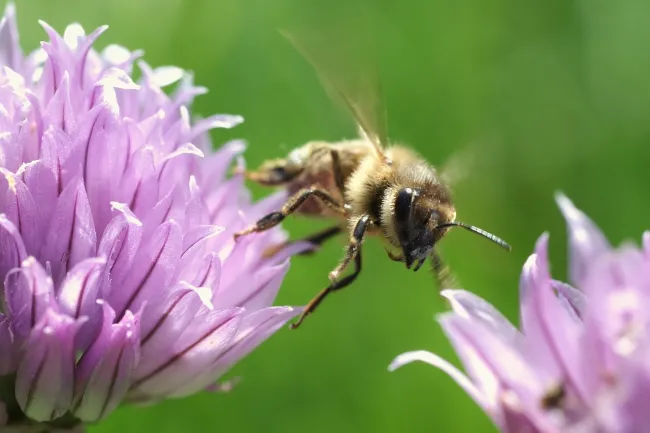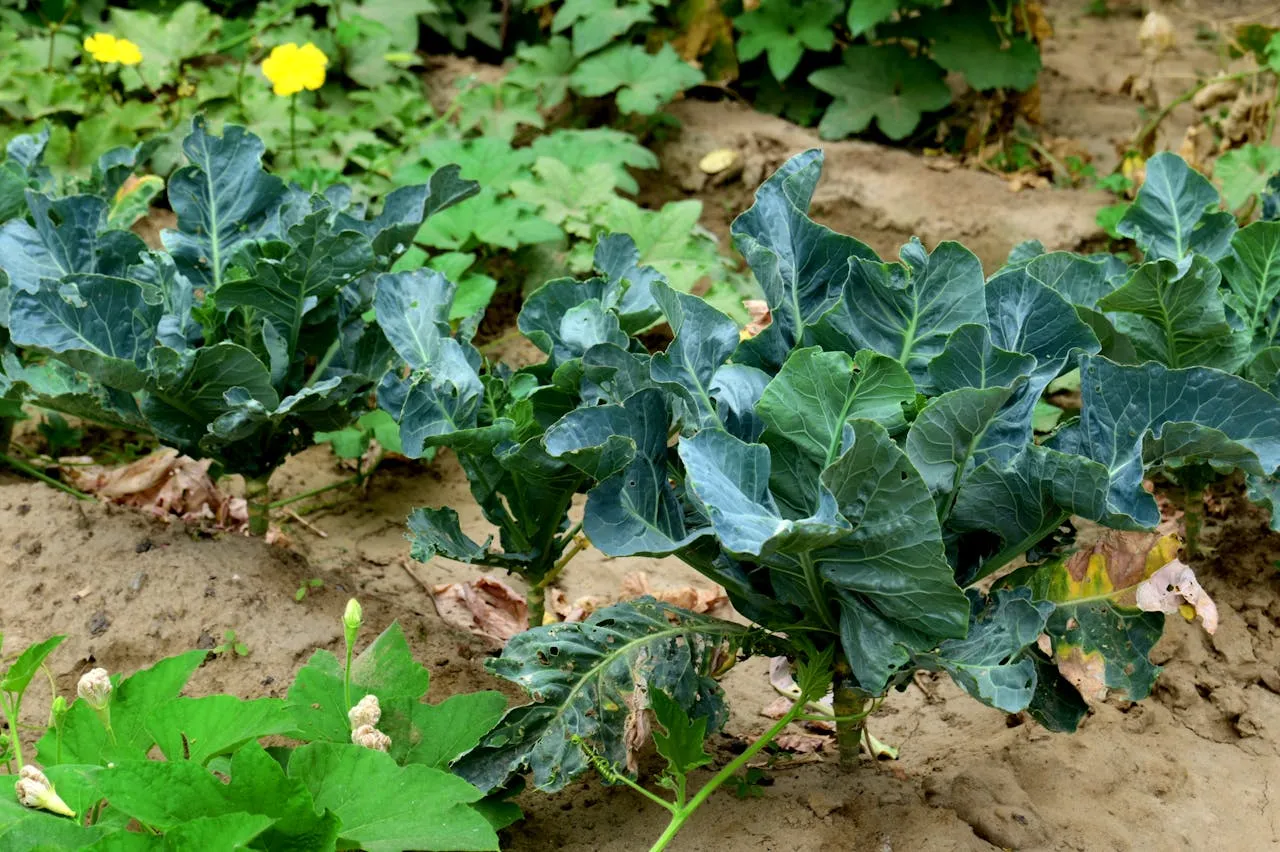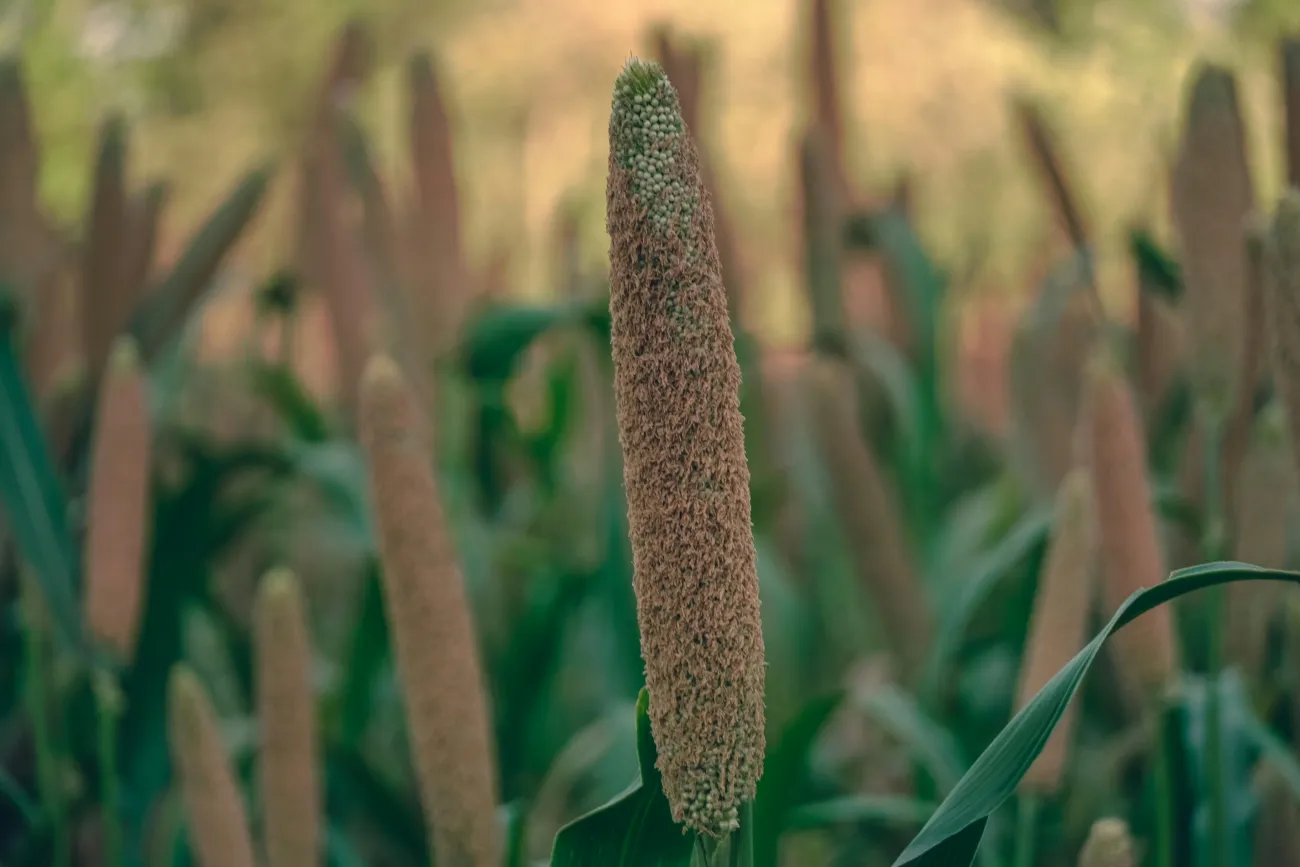When given a choice between food with or without an added neonicotinoid pesticide (thought to be harmful to bees), bees initially show no preference for the pesticide, but over time choose to feed on the pesticide-laced food. This means that pesticide-treated crops may become disproportionately attractive to bees, increasing the bees’ exposure to harmful compounds. The study did not identify the mechanism by which bees develop a preference for the pesticide.

Abstract
Social bees represent an important group of pollinating insects that can be exposed to potentially harmful pesticides when foraging on treated or contaminated flowering plants. To investigate if such exposure is detrimental to bees, many studies have exclusively fed individuals with pesticide-spiked food, informing us about the hazard but not necessarily the risk of exposure. While such studies are important to establish the physiological and behavioural effects on individuals, they do not consider the possibility that the risk of exposure may change over time. For example, many pesticide assays exclude potential behavioural adaptations to novel toxins, such as rejection of harmful compounds by choosing to feed on an uncontaminated food source, thus behaviourally lowering the risk of exposure. In this paper, we conducted an experiment over 10 days in which bumblebees could forage on an array of sucrose feeders containing 0, 2 and 11 parts per billion of the neonicotinoid pesticide thiamethoxam. This more closely mimics pesticide exposure in the wild by allowing foraging bees to (i) experience a field realistic range of pesticide concentrations across a chronic exposure period, (ii) have repeated interactions with the pesticide in their environment, and (iii) retain the social cues associated with foraging by using whole colonies. We found that the proportion of visits to pesticide-laced feeders increased over time, resulting in greater consumption of pesticide-laced sucrose relative to untreated sucrose. After changing the spatial position of each feeder, foragers continued to preferentially visit the pesticide-laced feeders which indicates that workers can detect thiamethoxam and alter their behaviour to continue feeding on it. The increasing preference for consuming the neonicotinoid-treated food therefore increases the risk of exposure for the colony during prolonged pesticide exposure. Our results highlight the need to incorporate attractiveness of pesticides to foraging bees (and potentially other insect pollinators) in addition to simply considering the proportion of pesticide-contaminated floral resources within the foraging landscape.
Reference
Arce, A.N., Rodrigues, A.R., Yu, J., Colgan, T.J., Wurm, Y. and Gill, R.J., 2018. Foraging bumblebees acquire a preference for neonicotinoid-treated food with prolonged exposure. Proc. R. Soc. B, 285(1885), p.20180655.
Read the full paper here. See also the Foodsource resource How do the climate and environment directly affect the conditions required for food production?




Comments (0)